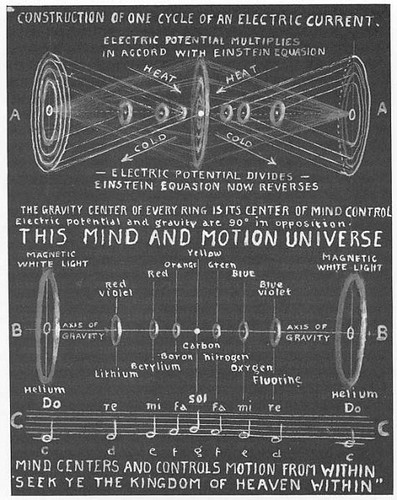I am beginning to see an improvement since I shorted the recovered battery.
It is the 8th day after resuming the procedure.
Also,
I have discovered a way to describe the results in a less subjective way than 'bright, not so bright' etc.
I find that I can measure the distance that the led shoots a good beam, so >18 inches to <1" is useful for describing results.
It would only work with similar leds, so my results will not directly translate to yours, but it is less subjective, so I am happier.
Anyway, after a 12 hour recharge by spikes to 1.33v, I am back to over 2 1/2 hours of work with a >18" beam at the fullest recharge.
The <1" beam happened at 1.14v at 2 1/2 hours, so I stopped it.
Also, the battery returned to 1.32v after a half hour rest today too. this is a half hour after it was exhausted lighting a JTC for 2 1/2 hours. I doubt it would go for much longer, and I won't be testing that today, but I might test that later.
So, this is not much of a report, but things are looking brighter!
jeanna
edit
I should probably add that the spikes were 70v at 45Khz.
It is the 8th day after resuming the procedure.
Also,
I have discovered a way to describe the results in a less subjective way than 'bright, not so bright' etc.
I find that I can measure the distance that the led shoots a good beam, so >18 inches to <1" is useful for describing results.
It would only work with similar leds, so my results will not directly translate to yours, but it is less subjective, so I am happier.
Anyway, after a 12 hour recharge by spikes to 1.33v, I am back to over 2 1/2 hours of work with a >18" beam at the fullest recharge.
The <1" beam happened at 1.14v at 2 1/2 hours, so I stopped it.
Also, the battery returned to 1.32v after a half hour rest today too. this is a half hour after it was exhausted lighting a JTC for 2 1/2 hours. I doubt it would go for much longer, and I won't be testing that today, but I might test that later.
So, this is not much of a report, but things are looking brighter!
jeanna
edit
I should probably add that the spikes were 70v at 45Khz.
 , I hooked up my PMDC motor or the inductive load.
, I hooked up my PMDC motor or the inductive load. Then, in case someone claims that more sophisticated methods of energy metering etc should be enforced.
Then, in case someone claims that more sophisticated methods of energy metering etc should be enforced. 
 .
. 
Comment